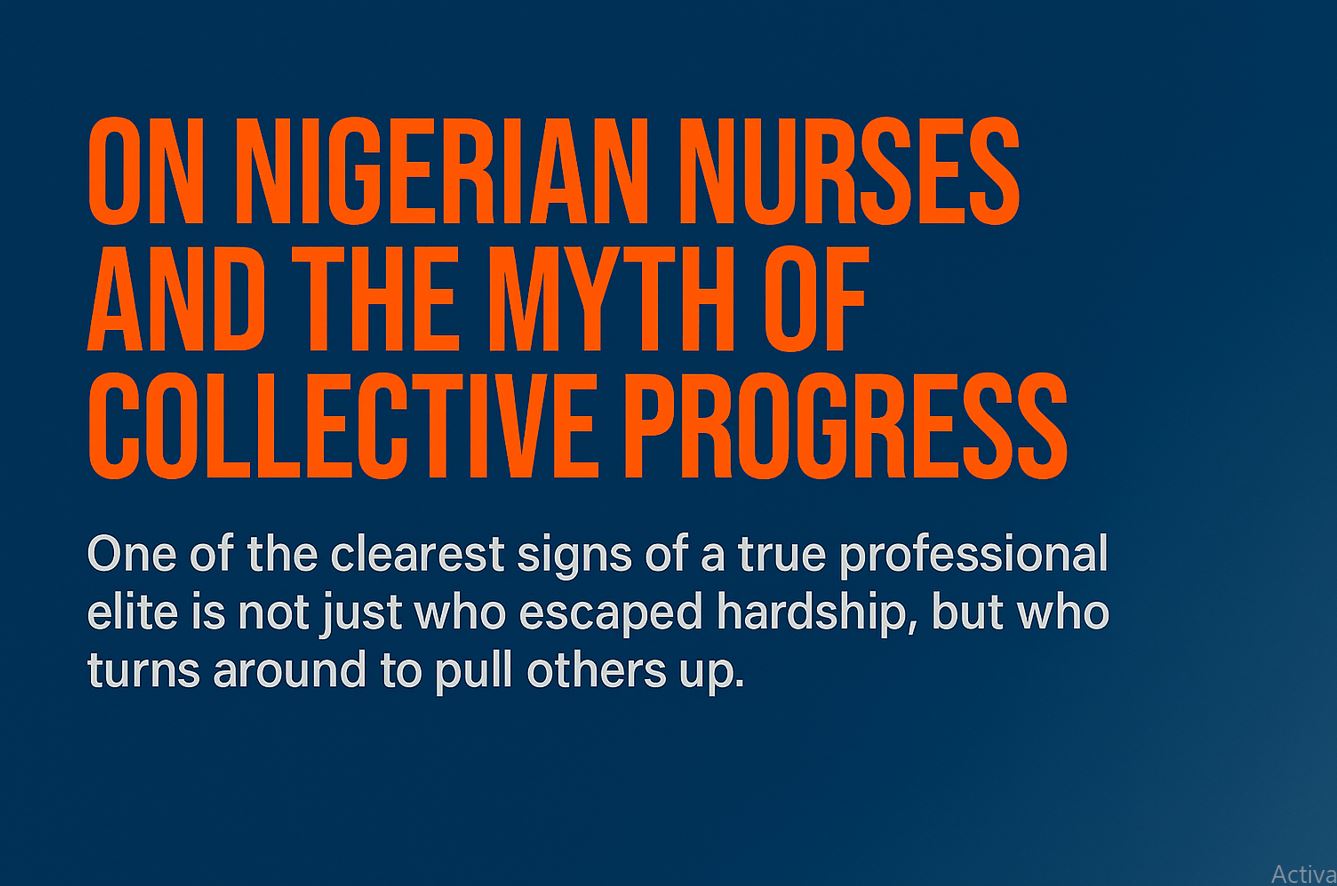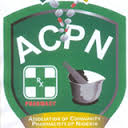This National Viral Haemorrhagic Fevers (VHF) preparedness plan identifies and describes systems, activities, resources and timelines at National, State and Local Government Area levels for preoutbreak as well as post-outbreak phases to prevent mitigate and contain any emerging or reemerging VHF disease. This document aims to build on lessons from recent VHF outbreak responses in Nigeria, while taking into consideration lessons learnt from previous outbreaks.
Overarching Objective
The goal of this plan is to ensure the availability of capacities for prevention, rapid detection, investigation, verification, and response to VHF cases and outbreaks, in order to minimize associated health consequences and the negative socio-economic impact.
Objectives
The objectives of this document are:
1. To describe strategies for the prevention of VHFs in Nigeria including raising public awareness of VHF risks and behaviour change.
2. To strengthen capacity for early detection and verification, reporting, investigation and confirmation of infections that can lead to VHF.
3. To define resources required for outbreak verification and response, as well as capacities for effective coordination, oversight and management of outbreaks.
4. To define capacity and standardise processes for sample collection, laboratory confirmation, and reporting of laboratory results.
5. To define capacity for case management, effective infection prevention control and safe burial practices.
6. To strengthen coordination and harmonisation of the preparedness and response to VHF cases and outbreaks.
Click HERE to download the NCDC: Interim Viral Haemorrhagic fevers Preparedness and Response
 Strategy for VHF Preparedness and Response
Strategy for VHF Preparedness and Response This preparedness plan aims to strengthen the following areas relating to the stated objectives:
1. Enhanced surveillance, rapid verification and response including surveillance and public health measures at Points of Enty (PoEs i.e. airports, seaports and ground crossings).
2. Specimen collection logistics.
3. Case management and infection prevention and control (IPC).
4. Prevention including social mobilization, public awareness and community engagement.
5. Logistics (supplies, equipment, contingency funds).
6. Coordination, management and oversight of outbreak response operations
ABUJA: Training Schedule for Basic Life Support BLS, Pediatric Advanced Life Support (PALS), Advanced Cardiovascular Life Support ACLS, First Aid, CPR, AED
PORTHARCOURT: Training Schedule for Basic Life Support BLS, Pediatric Advanced Life Support (PALS), Advanced Cardiovascular Life Support ACLS, First Aid, CPR, AED
LAGOS: Training Schedule for Basic Life Support BLS, Pediatric Advanced Life Support (PALS), Advanced Cardiovascular Life Support ACLS, First Aid, CPR, AED




